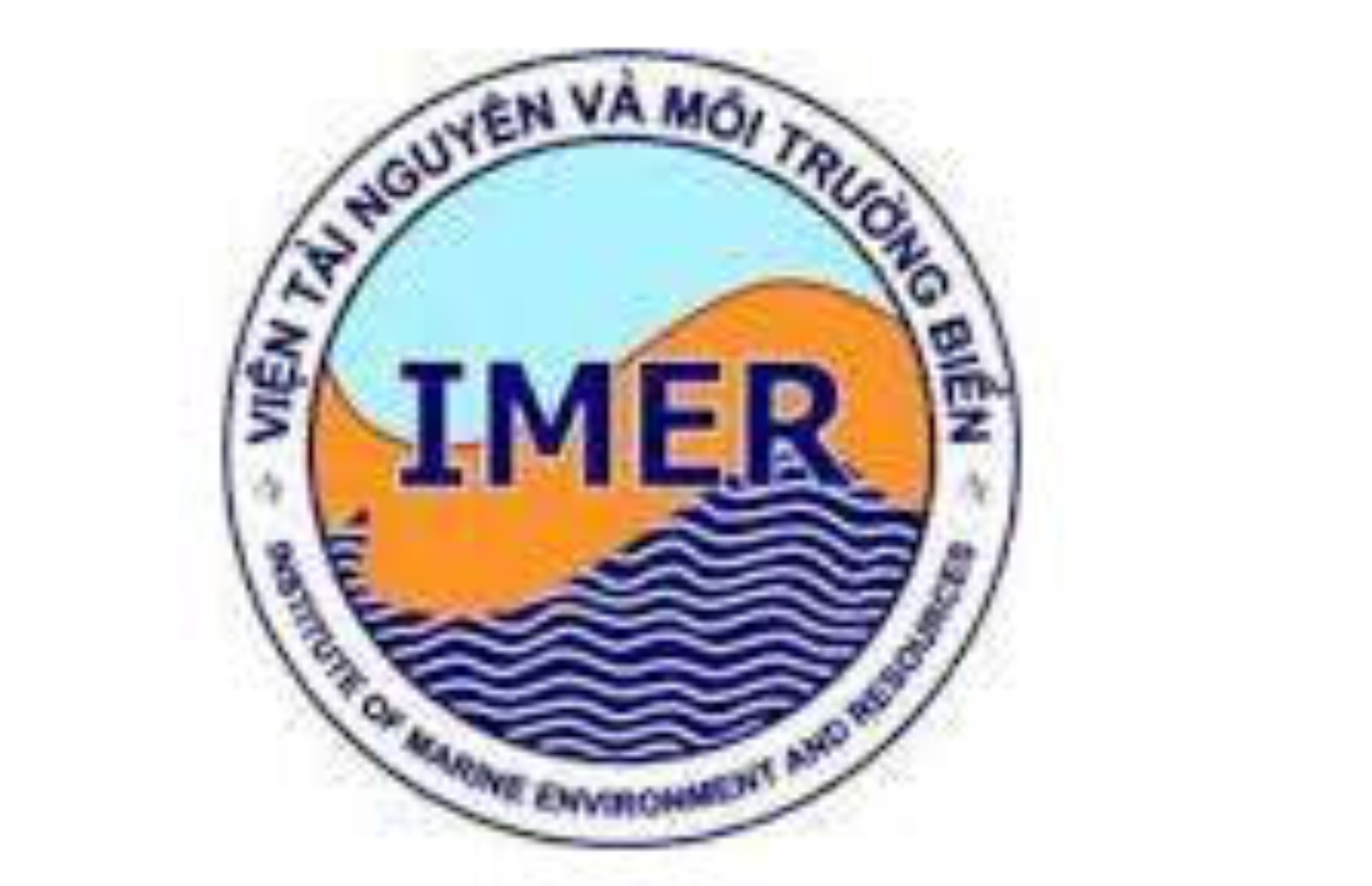The process for the production of high phospholipid containing eicosanoids and soluble oligopeptides from the Oyster. sp.
Author affiliations
DOI:
https://doi.org/10.15625/1859-3097/15790Keywords:
Oyster, hydrolyzed, eicosanoid, phospholipid.Abstract
Oysters could be found in seashore and estuarine areas and is regarded as a valuable export product with high economic value. In addition, the oysters could serve as an efficient assimilator of nutrients and potential source of polyunsaturated fatty acids (PUFA), mainly omega-3 fatty acids, which have been found to be responsible for a wide array of health benefits. In this paper, we report a process for the production of high phospholipid containing eicosanoids and soluble oligopeptides from the Oyster. sp. This result shows phospholipid layer containing high eicosanoids with 34.4% and soluble oligopeptides containing 8 essential acid amides. 19.53 g histidine per 100 g oligopeptides pointed out that hydrolyzed oysters are highly nutritional and valuable pharmacological products.
Downloads
Metrics
References
Mitchell, P. H., 1917. Nutrition of oysters: glycogen formation and storage (Vol. 35). US Government Printing Office.
![]()
Jones, D. B., 1926. The nutritional value of oysters and other sea food. American Journal of Public Health, 16(12), 1177–1182.
![]()
Liu, Z. Y., Zhou, D. Y., Wu, Z. X., Yin, F. W., Zhao, Q., Xie, H. K., Zhang, J. R., Qin, L., and Shahidi, F., 2018. Extraction and detailed characterization of phospholipid-enriched oils from six species of edible clams. Food Chemistry, 239, 1175–1181.
![]()
Liu, C., Li, Y., Li, J., and Chen, S., 2012. Lipid composition of Chinese shellfish and molecular species of phospholipids in triangle pearl mussel. Lipidomics: Sea food, marine based dietary supplement, fruit and seed, 41–50.
![]()
Ghasemifard, S., Turchini, G. M., and Sinclair, A. J., 2014. Omega-3 long chain fatty acid “bioavailability”: A review of evidence and methodological considera-tions. Progress in Lipid Research, 56, 92–108.
![]()
Laneuville, O.,2003. Eicosanoids.
![]()
Ji, Y., Qiao, H., He, J., Li, W., Chen, R., Wang, J., Wu, L., Hu, R., Duan, J., and Chen, Z., 2017. Functional oligopeptide as a novel strategy for drug delivery. Journal of Drug Targeting, 25(7), 597–607.
![]()
Kopple, J. D., and Swendseid, M. E., 1975. Evidence that histidine is an essential amino acid in normal and chronically uremic man. The Journal of Clinical Investigation, 55(5), 881–891.
![]()
Christie, W. W., 1988. Equivalent chain-lengths of methyl ester derivatives of fatty acids on gas chromatography A reappraisal. Journal of Chromatography A, 447, 305–314.
![]()
Downloads
Published
How to Cite
Issue
Section
License
Copyright (c) 2020 Vietnam Journal of Marine Science and Technology

This work is licensed under a Creative Commons Attribution-NonCommercial-NoDerivatives 4.0 International License.









